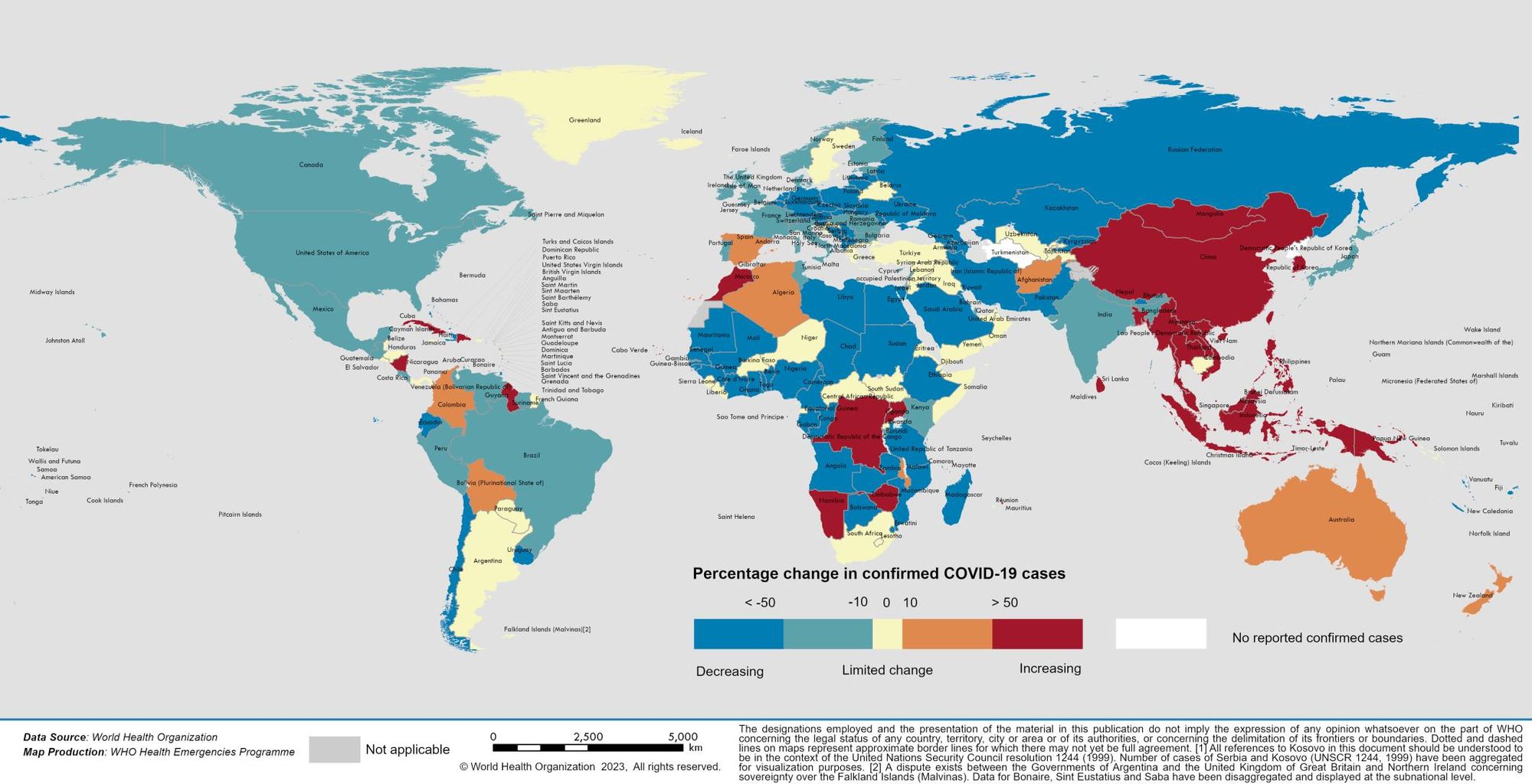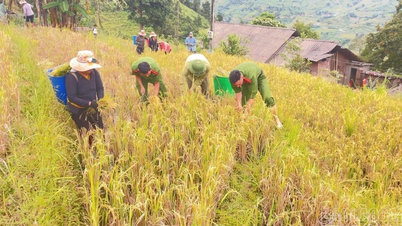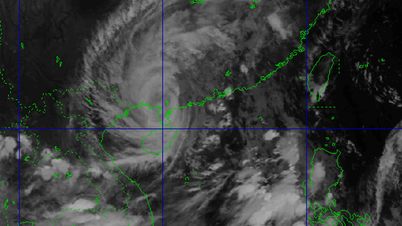According to the epidemiological report that Nguoi Lao Dong Newspaper received from WHO on the morning of May 26, in the most recent 28-day statistical cycle, the world recorded nearly 2.3 million new cases and nearly 15,000 new deaths due to COVID-19.
The "hottest" of these is the Western Pacific , an epidemic area that includes part of East and Southeast Asia, Australia and the Pacific Islands.

The map shows the change in the rate of new cases with orange and red representing increase and sharp increase; green and blue representing decrease and sharp decrease - Photo: WHO
The region reported more than 1.052 million new COVID-19 cases, even as many countries in the region said they had reduced testing. That was up 38% from the previous cycle. The Western Pacific also reported 1,456 new deaths, up 9%.
The red and orange colors that cover most of the area on both maps represent the change in the rate of new cases and new deaths, compared to the previous 28-day period.
While red and orange have covered the geographical Southeast Asia, Australia, Japan, and Korea since last week, the biggest change this week is that red has appeared in China on both maps, indicating the end of the sharp decline cycle after the wave in late 2022 - early 2023.
The good news is that Vietnam is no longer "named" in the list of countries with the largest changes in rate or number of recorded cases like a few weeks ago.
In this region, Mongolia, Papua New Guinea, and Brunei have had the largest change in case rates, although the highest number of cases reported came from South Korea (462,726, up 52%), Japan (164,367, down 24%) and Australia (125,992, up 49%), which are also the three countries that account for most of the reported deaths.
40% of Western Pacific countries are still reporting high increases in new COVID-19 cases (increases above 20%).
The Southeast Asia epidemiological region (which includes parts of Southeast Asia and geographical South Asia) reported its first decline in cases in weeks, falling 31% despite a 61% increase in deaths. The decline was largely due to a slowdown in India and West Asian countries, although India still reported the highest number of cases and deaths (95,472 cases, 503 deaths).
The highest increases were recorded in Indonesia (up 92%), Thailand (357%) and Myanmar (1,235%). However, Southeast Asia still ranks fourth in the world in terms of the number of cases.
The second and third highest number of cases are in Europe (572,906 cases) and the Americas (484,889 cases), down 45% and 41% respectively compared to the previous cycle. The Eastern Mediterranean and Africa reported negligible cases.
XBB.1.5 remains the dominant variant globally with a prevalence of 41.57%. However, this prevalence is being eclipsed by the rise of XBB.1.16 (13.17%), XBB.1.9.1 (15.65%), XBB.1.9.2 (5.15%), XBB.2.3 (3.59%) and other XBBs (10.8%).
Currently, XBB.1.5 and XBB.1.16 are still classified as VOIs (variants of concern) while the other four XBB strains mentioned above, along with BA.2.75, CH.1.1, and BQ.1, are classified as VUMs (variants under surveillance). Both VOIs and VUMs are lower than VOCs (variants of concern) such as the original strain, Alpha, Delta, and Omicron...
Source





![[Photo] Closing of the 1st Congress of Party Delegates of Central Party Agencies](https://vphoto.vietnam.vn/thumb/1200x675/vietnam/resource/IMAGE/2025/9/24/b419f67738854f85bad6dbefa40f3040)





















![[Photo] Editor-in-Chief of Nhan Dan Newspaper Le Quoc Minh received the working delegation of Pasaxon Newspaper](https://vphoto.vietnam.vn/thumb/1200x675/vietnam/resource/IMAGE/2025/9/23/da79369d8d2849318c3fe8e792f4ce16)


































![[Photo] Solemn opening of the 1st Congress of Party Delegates of Central Party Agencies](https://vphoto.vietnam.vn/thumb/402x226/vietnam/resource/IMAGE/2025/9/24/82a89e250d4d43cbb6fcb312f21c5dd4)





























Comment (0)